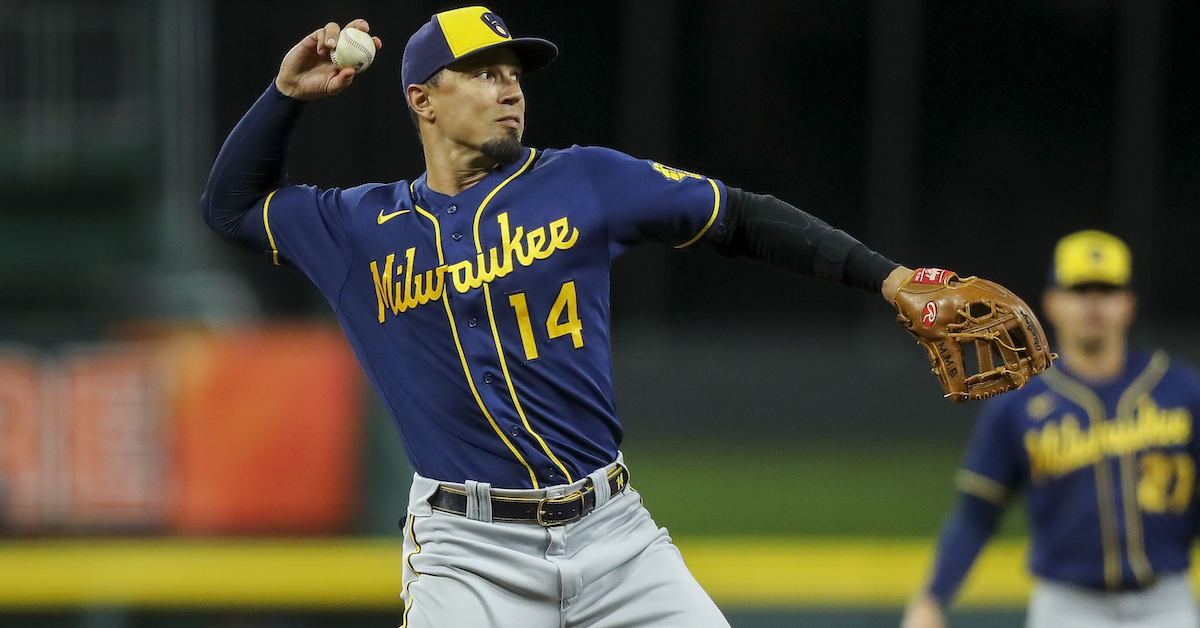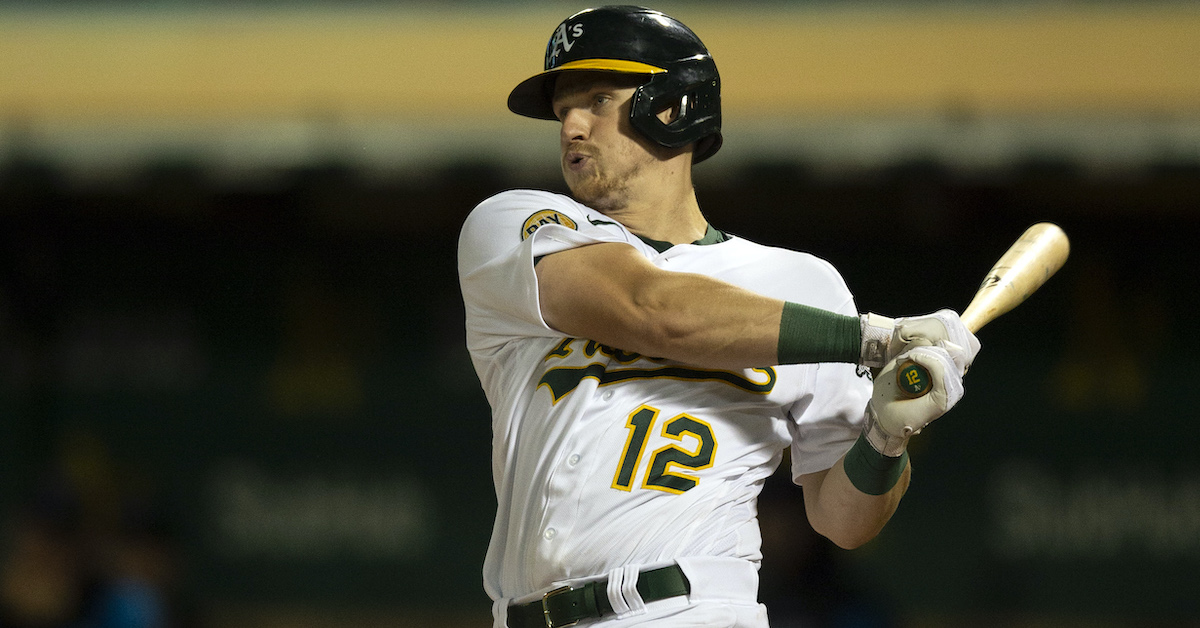Player Development Analyst
Title: Player Development Analyst
Department: Baseball Operations
Reports to: Director, Baseball Development
Job Classification: Non-Exempt
City/State: Mesa, AZ
Job Summary
The Oakland A’s are hiring for a full-time Player Development Analyst to assist the Player Development Department. This position will handle multiple responsibilities, including building and reporting new statistical models and findings, assist in producing player improvement plans, and serve as a resource for the Player Development and Sports Science staffs. This position will also assist and in operating and producing analysis for various tracking technologies. This position will be primarily based out of Mesa, AZ.
Key Responsibilities
- Produce statistical analysis and reporting for Player Development coaching staff.
- Conduct research projects for various groups within Player Development (Strength & Conditioning, Sports Science).
- Collaborate with the research and development team on statistical modeling techniques and projects with a focus on Player Development.
- Assist with the capture and analysis of ball and player tracking technologies.
- Assist the staff with ad-hoc analysis and reporting.
- Other duties as assigned.
Qualifications/Requirements
- Undergraduate degree in math, computer science, economics, statistics or related quantitative field.
- Strong proficiency in SQL and R is required.
- Experience Microsoft Excel is a plus.
- Strong organizational skills and attention to detail.
- Self-starter with an ability to handle multiple tasks and responsibilities.
- Excellent communication skills including written and verbal; ability to present ideas clearly and concisely.
- Playing background (baseball or softball) at the collegiate level or above a definite plus
- Ability to work flexible hours including nights, weekends, and holidays
- Some travel required (California, affiliate cities, or elsewhere)
COVID 19 Consideration
All Oakland A’s employees are required to be fully vaccinated against Covid-19 and must provide documentation of complete vaccination status as part of the pre-boarding process. Exceptions are available only for those who need an accommodation.
Equal Opportunity Employer
We are an equal opportunity employer, and all qualified applicants will receive consideration for employment without regard to race, color, religion, national origin, sex, sexual orientation, age, disability, gender identity, marital or veteran status, or any other protected class.
Job Questions:
- Why would you be a good fit for this position?
To Apply:
To apply, please follow this link.
Advanced Scouting Analyst
Title: Advanced Scouting Analyst
Department: Baseball Operations
Reports to: Director, Baseball Development
Job Classification: Non-Exempt
City/State: Oakland, CA
Job Summary
The Oakland A’s are hiring for a full-time Advanced Scouting Analyst to assist the Advance Scouting Department. This position crosses into the intersection of several fields (Baseball Operations, Player Development, Video, Research & Analytics). The ideal candidate will seamlessly integrate into the advance work process, aiding the coaching and video support staff in pre-game and game tasks for the duration of the 2023 season. This position will be primarily based out of Oakland, CA, but will require extensive travel with the Major League club.
Key Responsibilities
- Assist in pre-game preparation and assignments for coaching and advance staff
- Perform ad-hoc queries for coaching and video staff, and front office as needed
- Help chart, film, and clip early work and game video and data feeds
- Navigate through public and proprietary data sources for strategic insights
- Perform other duties as assigned
Qualifications/Requirements
- Degree from accredited college or university and/or equivalent experience.
- Demonstrated quantitative background, either by degree or work sample (SQL, R, Python, Tableau, or other programming language)
- Excellent verbal communication and problem solve IT or other technical issues
- Proficient in Microsoft Office (Word, Excel, and Powerpoint)
- Strong organizational skills and attention to detail
- Playing background (baseball or softball) at the collegiate level or above a definite plus
- Ability to work flexible hours including nights, weekends, and holidays
- Some travel required (Arizona or elsewhere)
COVID 19 Consideration
All Oakland A’s employees are required to be fully vaccinated against Covid-19 and must provide documentation of complete vaccination status as part of the pre-boarding process. Exceptions are available only for those who need an accommodation.
Equal Opportunity Employer
We are an equal opportunity employer, and all qualified applicants will receive consideration for employment without regard to race, color, religion, national origin, sex, sexual orientation, age, disability, gender identity, marital or veteran status, or any other protected class.
Job Questions:
- Why would you be a good fit for this position?
To Apply:
To apply, please follow this link.
Baseball Operations Jr. Analyst
Title: Junior Analyst
Department: Baseball Operations
Reports to: Director, Research & Analytics
Job Classification: Non-Exempt
City/State: Oakland, CA
Job Summary
The Oakland A’s are hiring for a full-time Junior Analyst to assist the Baseball Operations Department. This position will handle multiple responsibilities, including building and reporting new statistical models and findings, as well as research to support all aspects of Baseball Operations in decision-making processes. This position will also handle and operate and provide analysis for various tracking technologies. This position will be primarily based out of Oakland, CA.
Key Responsibilities
- Produce statistical analysis and reporting for the front office and coaching staff.
- Conduct research projects for various departments within Baseball Operations.
- Collaborate with the research and development team on statistical modeling techniques and projects.
- Assist with the capture and analysis of ball and player tracking technologies.
- Assist the staff with ad-hoc analysis and reporting.
- Other duties as assigned.
Qualifications/Requirements
- Undergraduate degree in math, computer science, economics, statistics or related quantitative field and/or equivalent experience.
- Strong proficiency in SQL and R is required.
- Experience Microsoft Excel is a plus.
- Strong organizational skills and attention to detail.
- Self-starter with an ability to handle multiple tasks and responsibilities.
- Excellent communication skills including written and verbal; ability to present ideas clearly and concisely.
- Playing background (baseball or softball) at the collegiate level or above a definite plus
- Ability to work flexible hours including nights, weekends, and holidays
- Some travel required (Arizona or elsewhere)
COVID 19 Consideration
All Oakland A’s employees are required to be fully vaccinated against Covid-19 and must provide documentation of complete vaccination status as part of the pre-boarding process. Exceptions are available only for those who need an accommodation.
Equal Opportunity Employer
We are an equal opportunity employer, and all qualified applicants will receive consideration for employment without regard to race, color, religion, national origin, sex, sexual orientation, age, disability, gender identity, marital or veteran status, or any other protected class.
Job Questions:
- Why would you be a good fit for this position?
To Apply:
To apply, please follow this link.
The content in this posting was created and provided solely by the Oakland Athletics.






